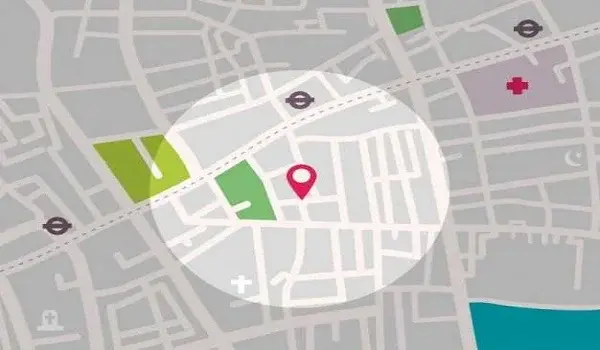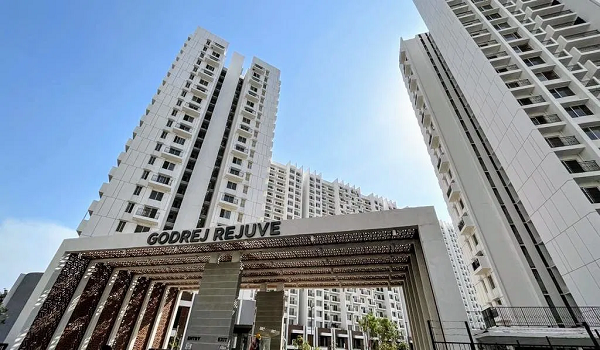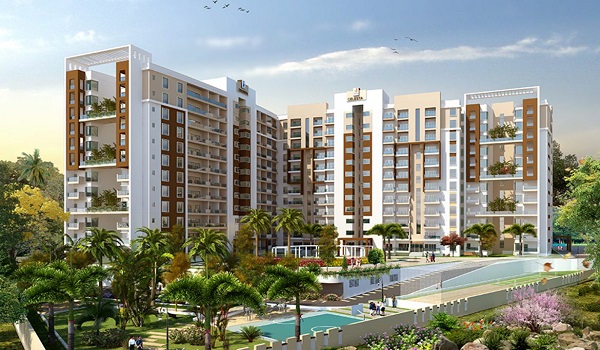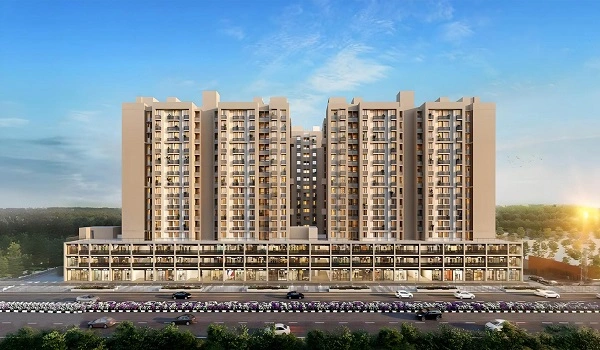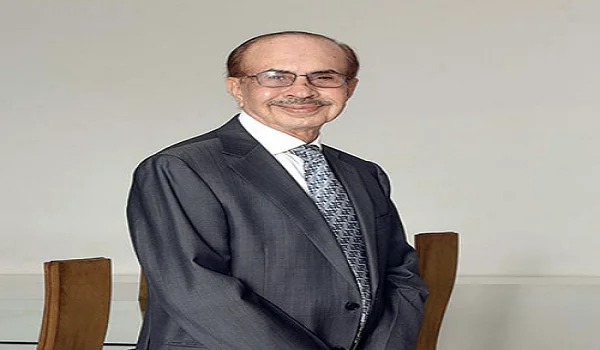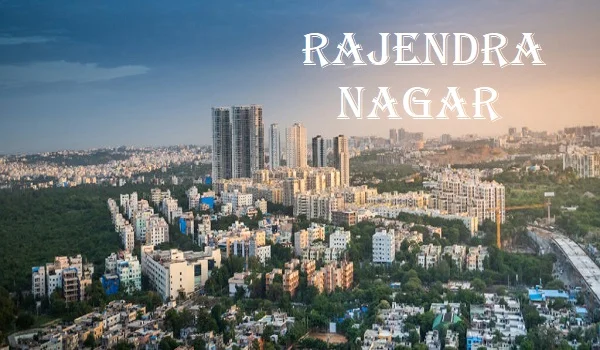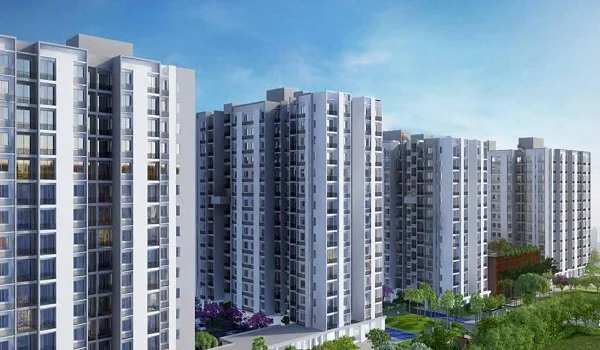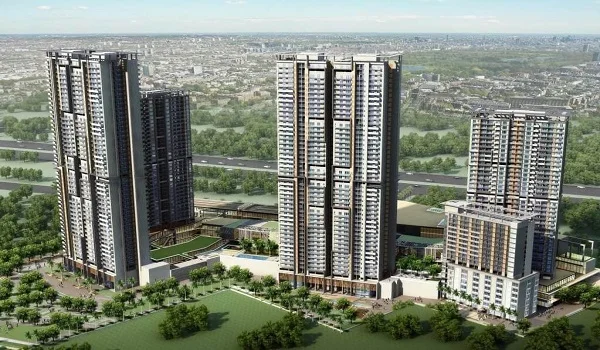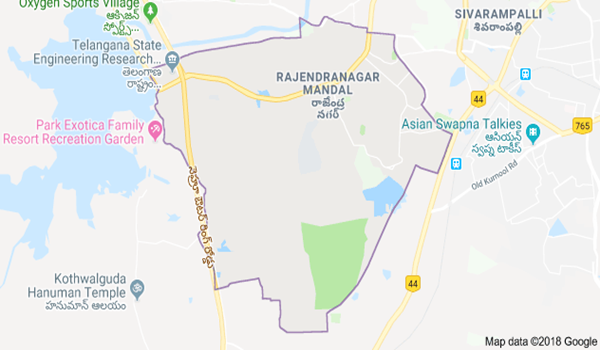Hyderabad's Land Pooling Plan: A New Way To Build A Better City
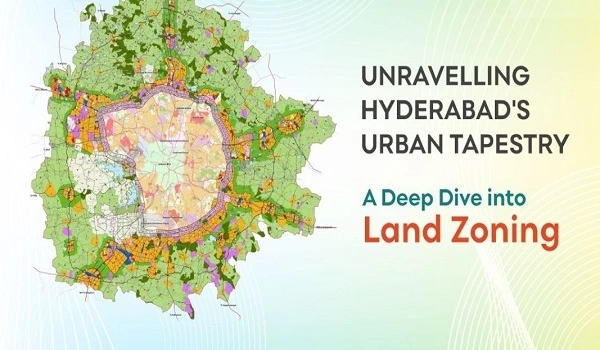
Hyderabad is growing fast—but not always in the right way. Roads, power lines, drainage, and parks often come after buildings, not before. This unplanned growth has made daily life harder, especially in the outer areas of the city. To fix this, the government is working on a new model called Land Pooling and Area Development (LPAD).
The idea is simple: instead of buying land the old way, landowners come together and give their land to the government for development. In return, they get part of the land back with roads, water lines, and other services already built.
This new law could shape how Hyderabad grows in the coming years—and benefit projects like Godrej Regal Pavilion, which depend on strong, planned infrastructure.
For years, the city tried to grow using an old system that didn't work well. The 2017 Land Pooling Scheme (LPS) failed. In eight years, it could only develop 289 acres across three layouts. Landowners didn't get good returns, rules were confusing, and only certain types of land were allowed.
The regular land-buying process also comes with problems:
- Takes too long due to legal and court issues
- Very expensive because of high compensation rules
- Not fair to landowners, who often feel forced to give up their land
Land pooling is a team effort between landowners and the city. Here's how it works:
- Landowners join together and offer their land for development
- The city builds basic services—roads, drains, water lines, etc.
- Landowners get back part of the land, now with more value
- The rest is used for parks, schools, roads, or sold to fund future development
This model has worked well in states like Gujarat and Maharashtra. Telangana now wants to bring it to Hyderabad.
The government is writing a new law to make land pooling easier and fairer. Here's what's changing:
- Voluntary and Farmer-Friendly: Landowners can choose to join, with better offers than before
- More Land Types Allowed: Assigned and ceiling lands will be accepted, not just patta land
- Bigger Returns: Like in Bharat Future City, farmers may get 121 sq yd plots plus cash
- Simple Rules: The new law will be easier to understand and follow
- Faster Development: Services like water, power, and roads will be built sooner
- Fair Distribution: Landowners will get back a fair share of developed land
The Hyderabad Metropolitan Development Authority (HMDA) will:
- Plan layouts and services before development
- Develop infrastructure like roads, power, and parks
- Manage land fairly and ensure smooth plot handover
This new model will cover a huge area—over 10,000 sq km, helping unlock land along highways and in the suburbs.
Three projects are already in progress:
- Pratap Singaram – 150 acres
- Lemur – 84 acres
- Inmulnarva – 95 acres
Four more layouts will start soon:
- Qutubullapur – 130 acres
- Thimmaiguda – 156 acres
- Korremula – 138 acres
- Kurmalguda – 115 acres
The upcoming Bharat Future City is the largest project yet. It will use over 30,000 acres, focusing on clean energy, health, tech, and sports. Landowners are already getting serviced plots and cash benefits here.
- Landowners get plots with higher market value and no legal issues
- The city grows in a planned, cost-effective way
- Developers like Godrej can launch new homes in areas with full infrastructure
- Citizens get access to roads, parks, and public services without delays
In fact, in places like Inmulnarva, land values have more than doubled after development—from ₹8,000 to ₹20,000 per sq yard.
- It takes time to get landowner agreement, especially when many people are involved
- Land pooling needs at least 30 acres together—50 is ideal
- Market recovery is key to long-term success
- Some owners may still hesitate to join without clear information or trust
- A consultancy is being hired to draft the new law and rules
- The draft will be ready in six months
- Learning from other states, Telangana will adapt the model for local needs
- Once passed, the law will kickstart large-scale urban growth
Hyderabad's shift to land pooling could change how the city grows forever. It offers a more fair, faster, and smarter way to build towns, homes, and businesses. If done well, this model will benefit everyone—landowners, the government, and future residents.
Projects like Godrej Regal Pavilion stand to benefit from this kind of well-planned infrastructure, making them more attractive to homebuyers and investors.
With clear laws, strong planning, and community support, land pooling could be the key to making Hyderabad a modern, well-connected, and people-friendly city.
| Enquiry |
